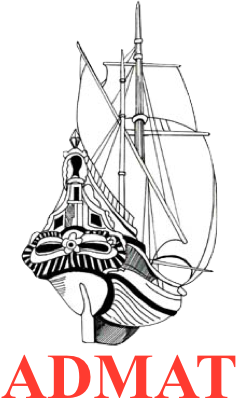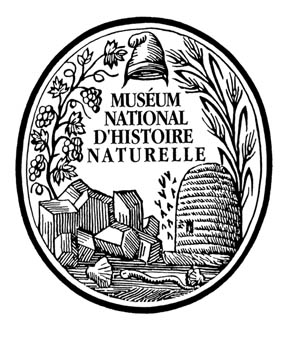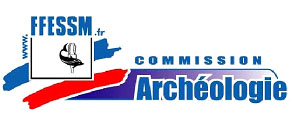Artefact Handling At ADMAT's Maritime Archaeological Centre.
Page 2
During this field school project, a number of artefacts were examined. Two iron concreted cannon balls from The Tile Wreck and one from The Island Wreck were examined, then the concretion was removed and the artefacts were further examined. Small ballast stones from The Island Wreck were cut open and examined under a lope prior to being sent to ADMAT-FRANCE for identification.
One session which the Team enjoyed was the part where we examined some of the larger iron concretions from The Tile Wreck. From X Ray analysis conducted in Toronto, we know that most of the tools or iron items were now Ghost Concretions with voids. These had been created by the iron leaching out of the object forming the concretion. In time all the iron was dissolved leaving a hollow creating a ghost of its former self. Two box carpenter plane blades were cut and the residue removed and cleaned to reveal a section of the items. As a result of this we now know the object was not what we thought it was.
During the project we were delighted to show one of the social science classes from the Universidad Autonoma De Santo Domingo the artefacts and our work. Over 40 staff and students from the University came, including Prof. Fernandez and Director Flavia Perez. Dr. Spooner was invited to give a one day conference on maritime archaeology and protecting the Dominican Republic's great underwater cultural heritage. This was a great success with over 550 staff and students filling the University's auditorium. The University is the oldest in the new World and was created in 1538.
Please go to page 3 to continue.
ADMAT's maritime archaeological work on this wreck site was assisted by ADMAT-FRANCE a non profit organisation based in the Institut de Paléontologie Humaine, Muséum National d’Histoire Naturelle, Paris.
ADMAT-FRANCE is a sub division of the Anglo ~ Danish Maritime Archaeological Team
ADMAT is delighted to have an association with Muséum Nationald’Histoire Naturelle at Paris, départememt Préhistoire, UMR-CNRS 7194.


































